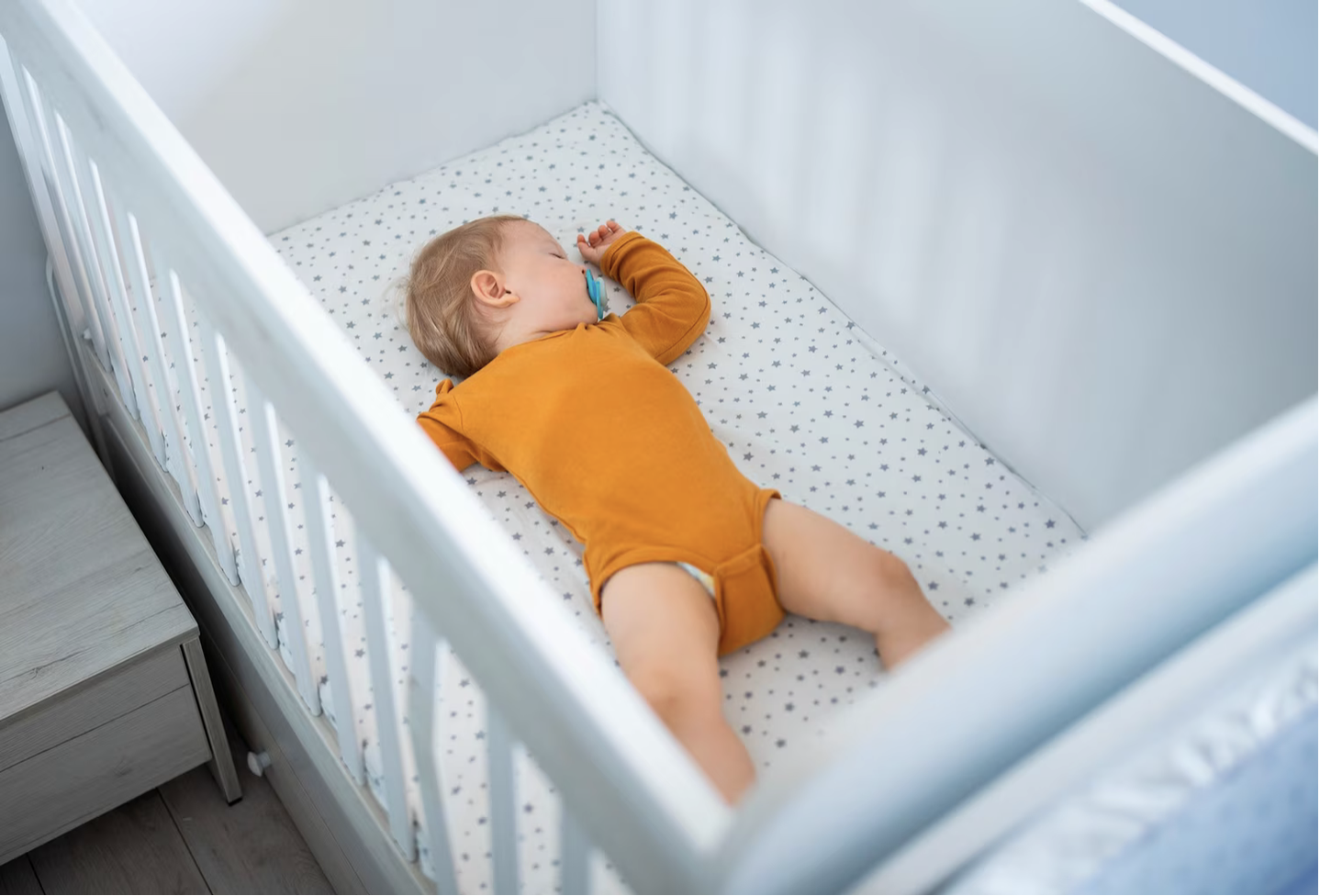
Many white noise machines on the market are too loud to be safe for children - Photo: Getty
The study concluded that many devices can produce sounds louder than recommended for even adult workers, making them potentially too noisy for babies – a group vulnerable to the negative effects of loud noise.
Risks of white noise machines for babies
"Those devices are way beyond what's appropriate for hearing health for any individual," said Dr. Isaac Erbele, one of the study's authors, who specializes in ear and skull surgery at Brooke Army Medical Center in San Antonio.
Based on these findings, he is concerned that many white noise machines (special sounds that help babies fall asleep faster and more soundly, and are capable of canceling out noise from everything else around them) on the market are too loud to be safe for children.
Current pediatric sound guidelines do not provide parents with specific decibel limits for white noise machines. The American Academy of Pediatrics (AAP) states that machines should be placed “as far away from the infant as possible, set to the lowest possible volume, and limit the amount of time they are used.” The AAP has recommended keeping these machines at least 6 feet away from children.
However, the consequences of these sounds are unclear. Current research suggests that loud noises can trigger a stress response in infants, but lullabies and breathing sounds can help calm them.
The AAP warns that exposure to excessive noise from things like loud traffic, headphones and concerts can cause permanent hearing loss.
Since there are no decibel recommendations for infants, Erbele and his team used existing guidelines from the National Institute for Occupational Safety and Health (NIOSH) for “safety ceilings” regarding the loudness of white noise machines.
He was concerned that of the 24 white noise machines and six phone apps reviewed in his study, all of them “had noise levels higher than NIOSH's eight-hour exposure limit.”
Parents need to actively monitor their children
NIOSH has a recommended exposure limit (REL) of 85 decibels over eight hours. The louder the sound, the shorter the recommended exposure limit. According to NIOSH, “workers exposed to noise at or above the recommended exposure limit are at risk of significant hearing loss over the course of their workday.”
However, Erbele said more research is needed, and the decibel limit is probably even lower for children. He and his colleagues proposed a limit of 60 decibels “based on our understanding of the existing literature.”
If parents want their children to gradually wean themselves off these machines, they should gradually reduce the volume on the white noise machine until the child no longer needs it, said Dr. Landon Duyka, an otolaryngologist at Northwestern Medicine, who was not involved in the study.
If parents want to continue using the machine but reduce the negative impact, they can move the machine away from the child, and turn it off as soon as the child falls asleep.
Finally, parents should continue to monitor their children for signs of hearing loss. Both doctors say it's a cause for concern if a child doesn't respond to loud sounds, such as a slamming door or a dog barking.
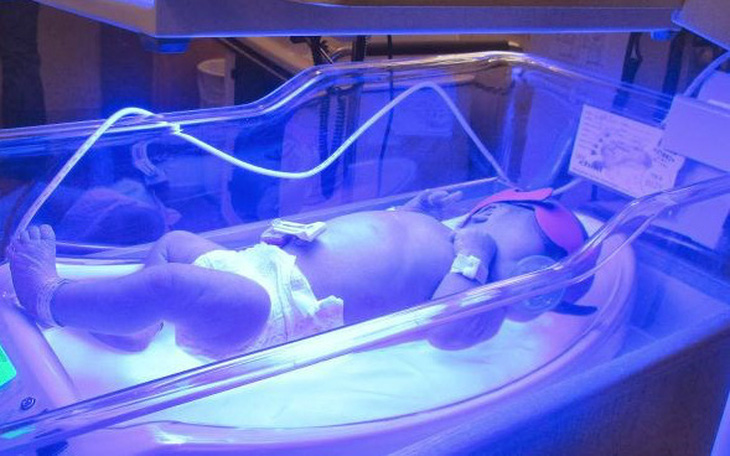 Newborn jaundice, is it a cause for concern?
Newborn jaundice, is it a cause for concern?Source: https://tuoitre.vn/may-tao-tieng-on-trang-cho-tre-so-sinh-co-the-nguy-hiem-vi-qua-on-20240629120027495.htm




![[Photo] VinUni students' emotions are sublimated with "Homeland in the Heart: The Concert Film"](/_next/image?url=https%3A%2F%2Fvphoto.vietnam.vn%2Fthumb%2F1200x675%2Fvietnam%2Fresource%2FIMAGE%2F2025%2F11%2F26%2F1764174931822_10-3878-jpg.webp&w=3840&q=75)


![[Photo] Close-up of heavy damage at the school located on the banks of the Ban Thach River](/_next/image?url=https%3A%2F%2Fvphoto.vietnam.vn%2Fthumb%2F1200x675%2Fvietnam%2Fresource%2FIMAGE%2F2025%2F11%2F26%2F1764152130492_ndo_bl_img-8188-8805-jpg.webp&w=3840&q=75)
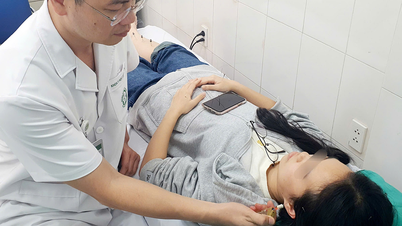









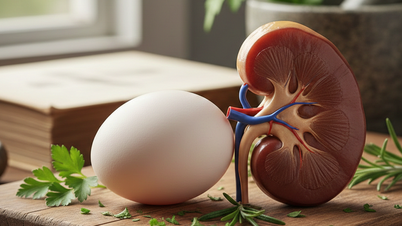







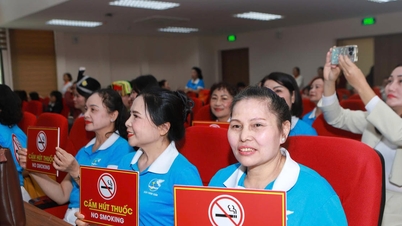


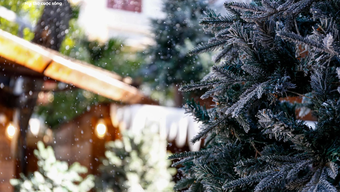



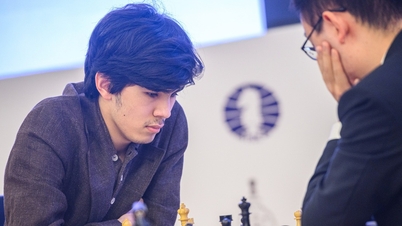















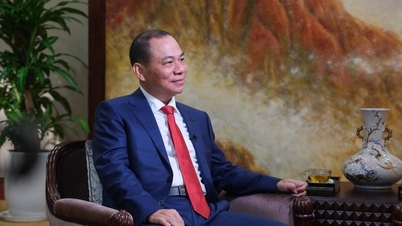














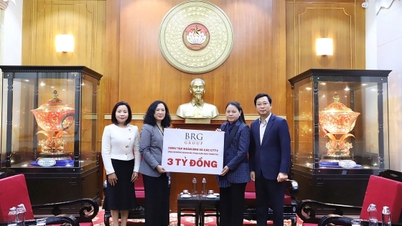


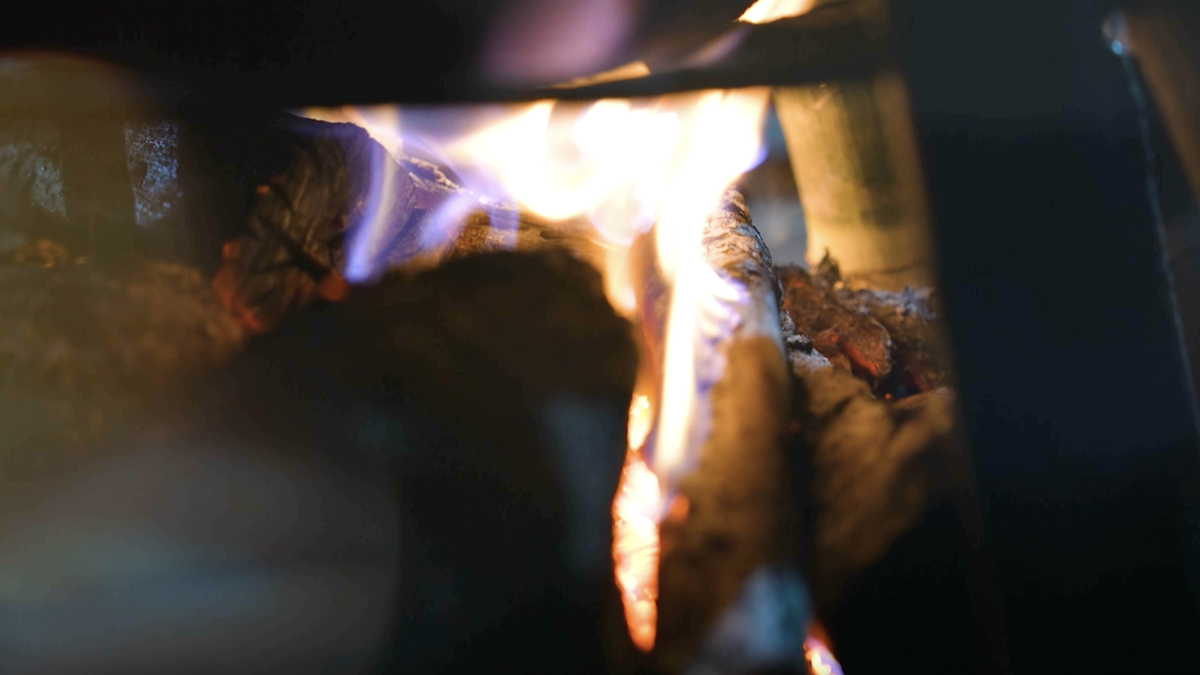


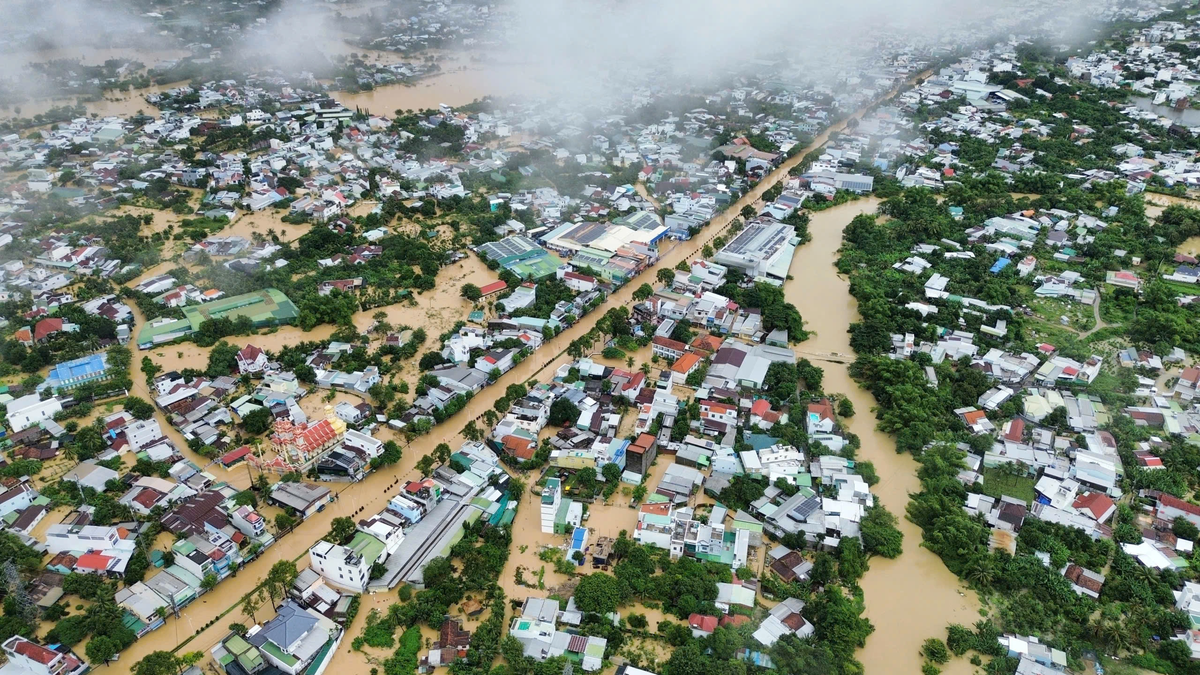




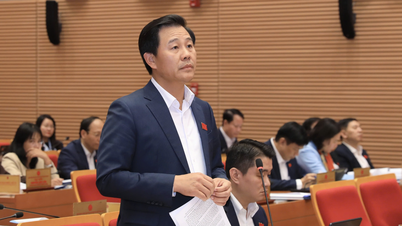
![[Photo] Opening of the 28th Session of the Hanoi People's Council](https://vphoto.vietnam.vn/thumb/402x226/vietnam/resource/IMAGE/2025/11/26/1764155991133_image.jpeg)














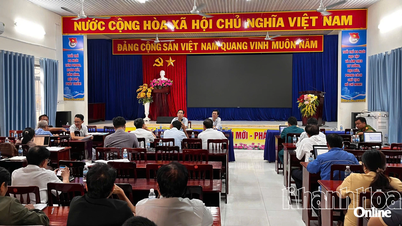















Comment (0)